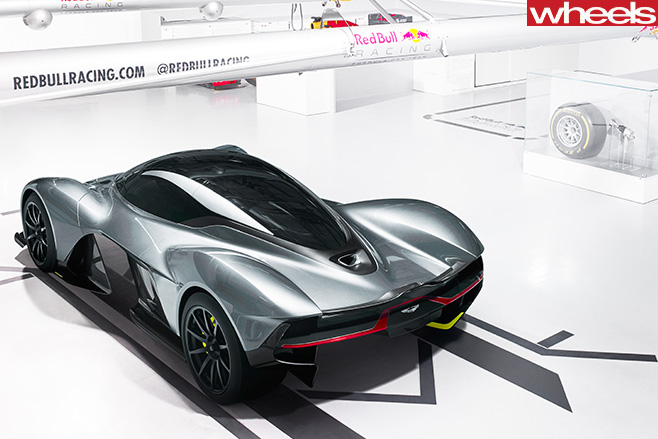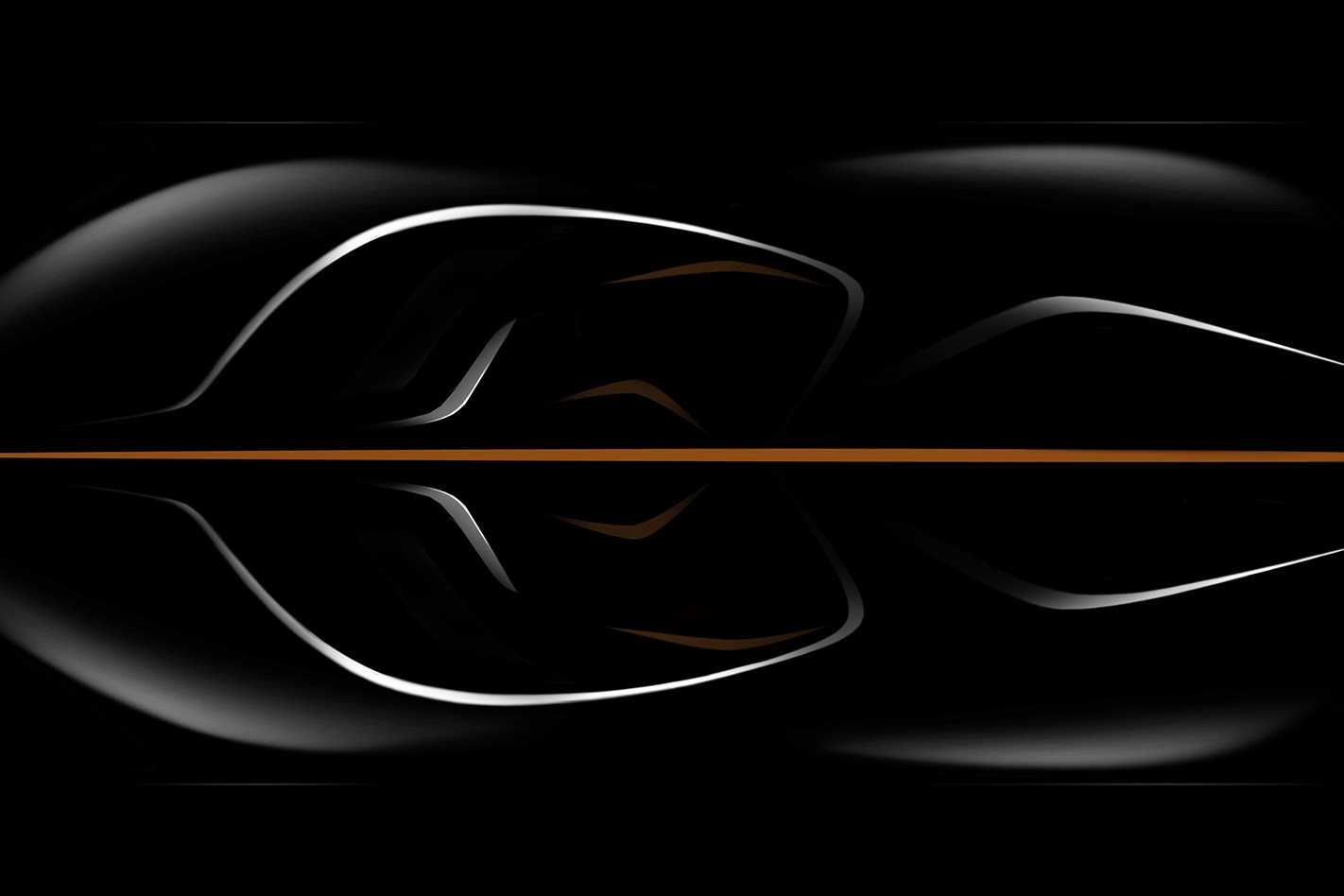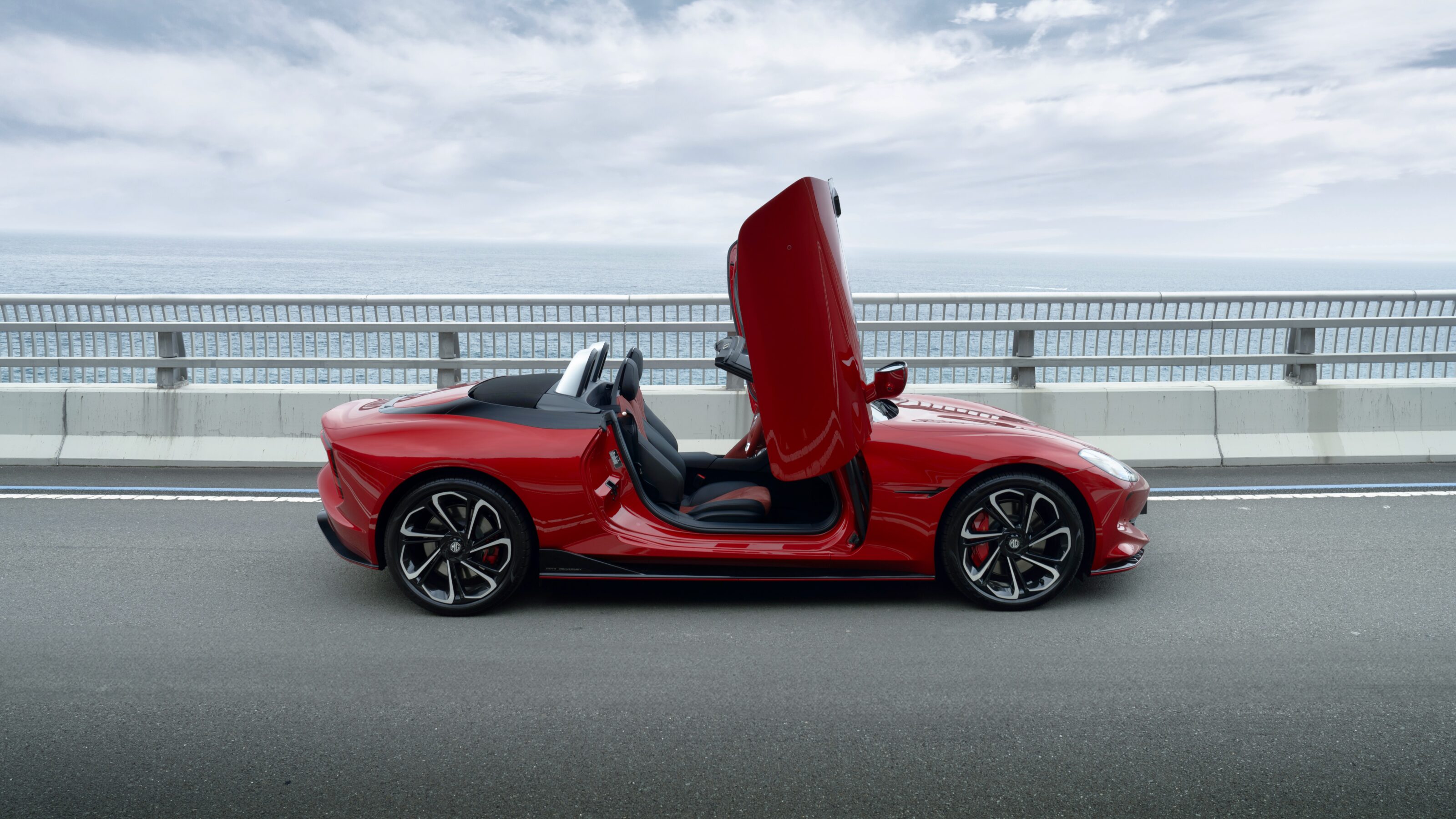The McLaren “Hyper-GT” is real. The British sports car maker confirmed overnight it will build more than 100 bespoke grand tourers with an anticipated price tag of about $3.3 million each.
But you’re not going to be able to buy one – McLaren says they’re already sold out.
Revealing overnight that the rumoured hypercar was indeed a real thing and due in 2019, the carmaker said the spiritual reincarnation of the 1990s-era McLaren F1 would be “the most exquisitely crafted and luxurious road-going McLaren to date”. Only 106 – the same number of McLaren F1s built over its eight-year production run – will be made.
It also teased a single image of what form the mid-engined hypercar would take, with the classic McLaren F1’s 1+2 seating arrangement placing the driver in line with the centre of the car, with the other two seats fanning out behind it. What appears to be a wrap-around dash flicks out to either side.

The BP23 is expected to use similar lifting doors as used on the McLaren P1 hypercar revealed in 2013. However, they’re expected to extend further into the roofline to allow easier access to the rear seats.
What will power the BP23 remains deeply under wraps, but the “Hyper-GT” hints that whatever the drivetrain is, it will be tuned more to loping along freeways than smashing Nurburgring lap records.
We can get a sense of how McLaren is thinking, though. The McLaren P1 was thought of as a modern-day spin on the F1, only with two seats instead of three. It used a twin-turbo 3.8-litre V8 firing out 542kW and 720Nm, but when paired with a Formula One-style kinetic energy recovery system than can also plug into a home charging system, the electric motor steps performance up to 674kW and 980Nm. Its top speed is electronically limited to 350km/h. The BP23 is expected to build on those numbers.

The P1 also introduced McLaren’s active ride height, and used a large adjustable rear wing to give ground effect suction and optimised downforce. Its Instant Power Assist System and F1-inspired drag reduction system give the P1 an instant boost of power and straight-line speed.
But don’t worry. Just over the hill from McLaren, rival sports car brand Aston Martin is working on a hypercar in conjunction with Formula One team Red Bull Racing, called the AM-RB 001.
Unlike the BP23, the AM-RB will rely exclusively on hydrocarbons, and no electrons, for propulsion, via an all-new, mid-mounted, high-revving, naturally aspirated V12 engine.
Time to make that phone call.





